- Home
- Destinations
- South Africa
- Johannesburg
Overview
Climate
Johannesburg is loved for its temperate subtropical climate, and is said to offer one of the best climates in the world. Warm, wind-free summer days and crisp, clear winters substantiate this claim.
The high altitude at which Johannesburg is located is a reason for the pleasant weather all year round. While the seasons are not always clearly defined, with Spring transitioning into Summer, transitioning into Autumn, the majority of rainfall occurs during Summer in the form of dramatic thunderstorms (October – April). Winters don’t see a lot of rainfall and dry, sunny days are followed by cold nights.
Getting There
OR Tambo International Airport is the hub for most international and domestic travel from and in South Africa, and 28 million passengers move through the arrival, departure and transit terminals per year.
The smaller Lanseria Airport also receives international and domestic flights.
Ideal Destination For
- Adventure
- Bucket List
- Culture
- Food & Wine
- Romance
- Solo Travel
- Special Interest
- Sport
- Wellness
Points of Interest
- Cradle of Humankind
-
The Cradle of Humankind, one of the many World Heritage Sites in South Africa, and the only one in Gauteng, is of outstanding universal value. It is one of the world's richest concentrations of fossil hominid bearing locations. Fossils found in the excavation sites provide us with a glimpse into our early ancestors’ evolving and changing, and a visitor centre exhibiting the evolutionary processes is one of the major tourist attractions in South Africa. One can also visit the cave where world-famous fossils of Mrs Ples and Little Foot was found
- Maboneng
-
Maboneng is a trendy, artsy area in the Johannesburg CBD. Having once suffered from urban decay and crime, its vibe has completely transformed as a result of regeneration. Restaurants, clothing boutiques, art galleries, coffee shops, retail stores and studio space inject the neighbourhood with life, creativity and funk.
- Sandton
-
In the sophisticated, affluent sector of Sandton – the new CBD – striking, modern skyscrapers house the headquarters of the country’s biggest companies. It was named after a combination of two of its suburbs, Sandown and Bryanston.
A visit to the city vibe of Sandton before or after a beach and/or safari holiday, is a wise inclusion on one’s itinerary. High street brands in top-class shopping malls, vibey dining establishments, rooftop sundowners and weekly lunch-hour classical concerts can all be enjoyed. Be sure to visit the 6-metre bronze statue of the former South African president, Nelson Mandela in the square with his name.
Sandton boasts a string of luxury accommodation establishments, and is ideally situated to give visitors access to sites around the city that represents the rich history of the area.
- Soweto
-
The name Soweto, originally used as an acronym for South Western Townships, is synonymous with the struggle against apartheid. The area initially hosted temporary living quarters for mine workers, and the population grew in density when black, Indian and coloured inhabitants of the city centre were forcibly driven there under the laws of segregation.
Over the years, Soweto has grown into a huge city with its people nurturing a strong sense of community. Heritage sites, restaurants and shebeens in the area are well worth the visit.
- Sun City
-
Located about two hours' drive away from Johannesburg, is the internationally-renowned Sun City, considered South Africa’s premier holiday resort. It can best be described as a mini African Las Vegas with world-class hotels like the opulent "Palace of the Lost City" or the elegant "Cascades". As it is situated alongside the Pilansberg National Park (an area of around 55 000 hectares), visitors have the opportunity to go on game drives to spot the Big Five, and then to return to the resort for a round of golf, perhaps some gambling, or swimming amongst the endless rolling waves at the "Valley of the Waves".












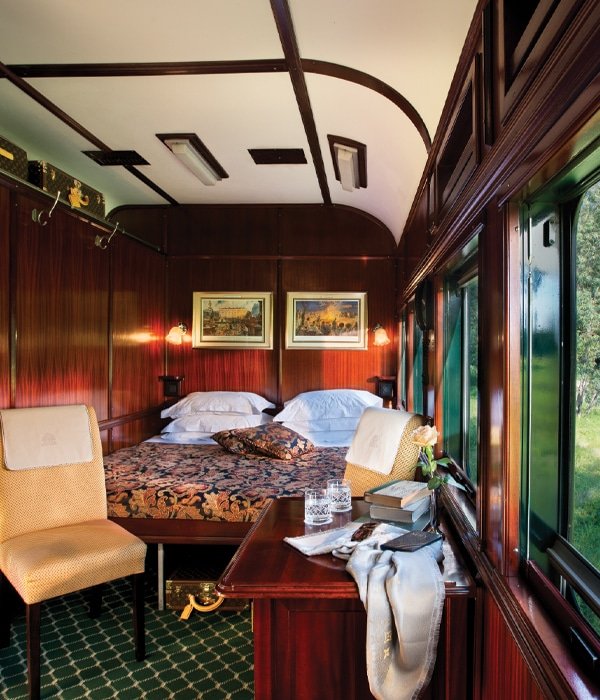



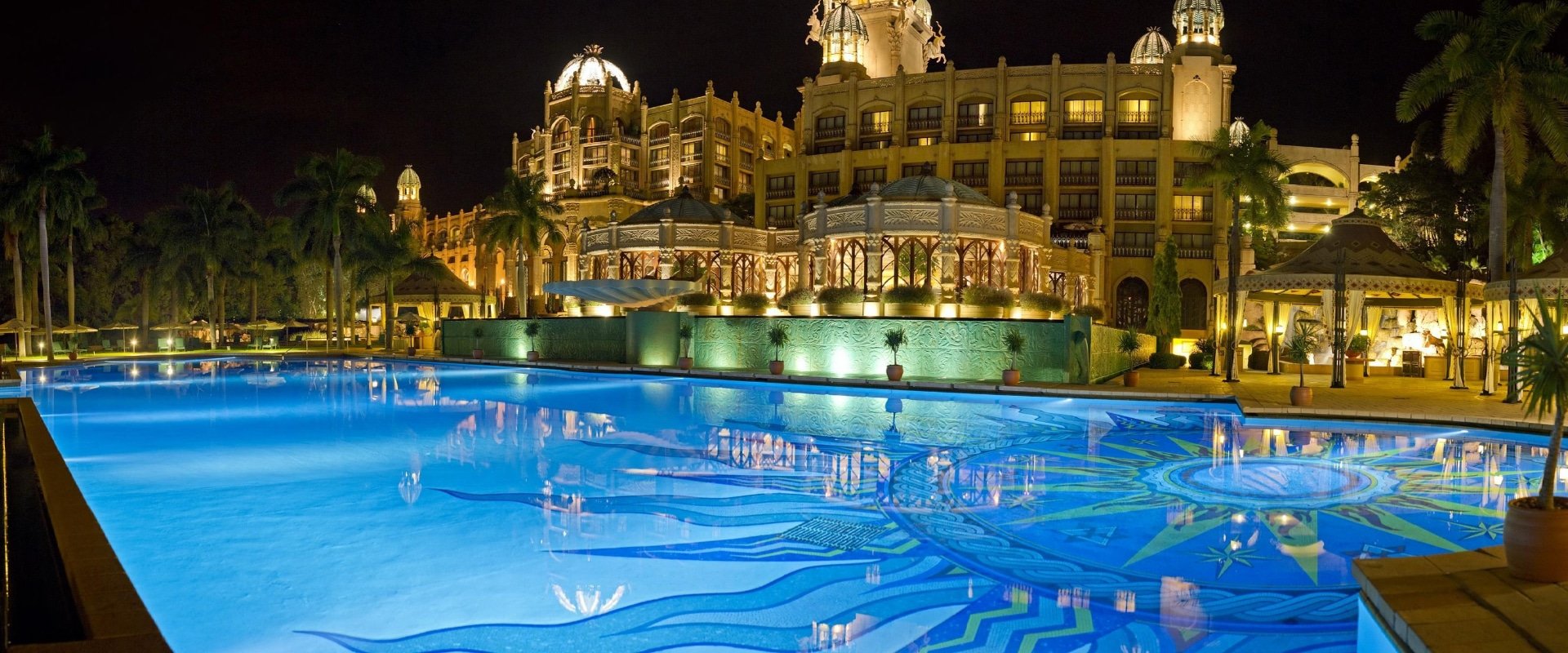












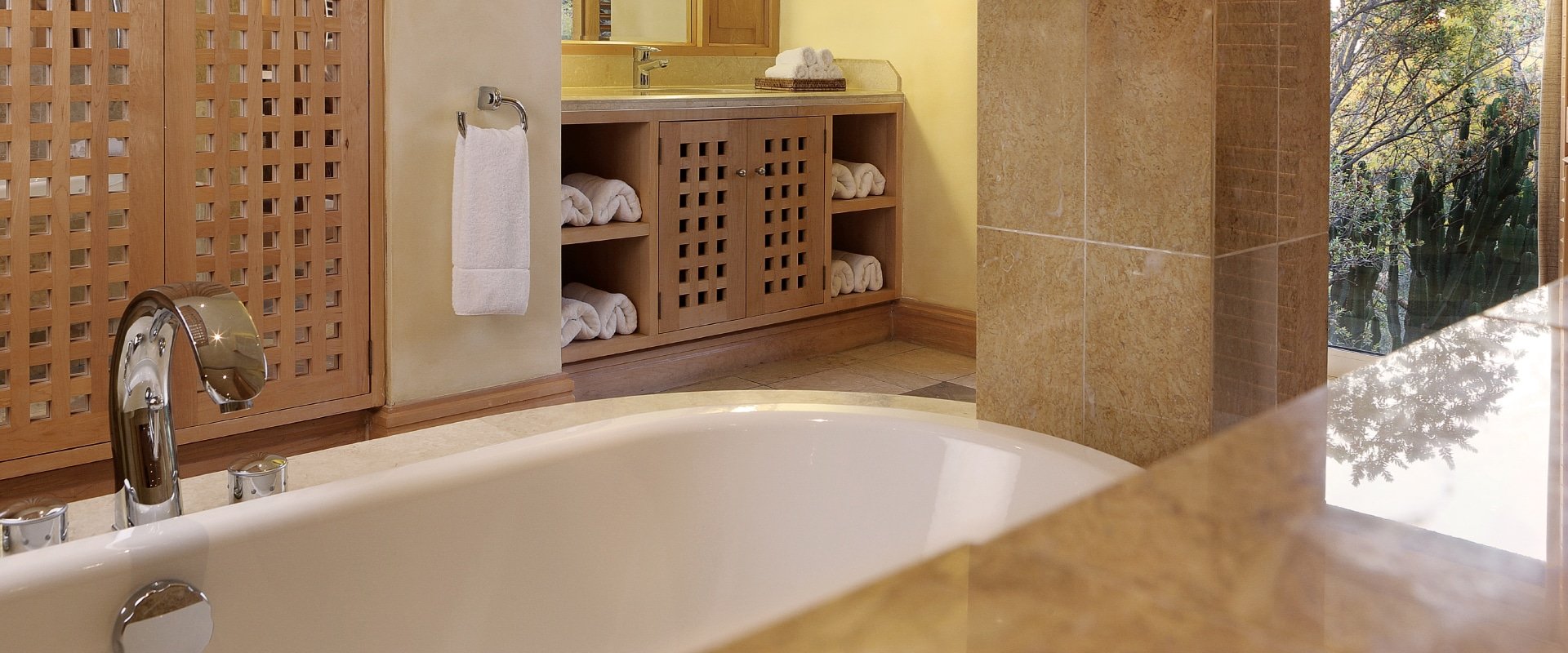



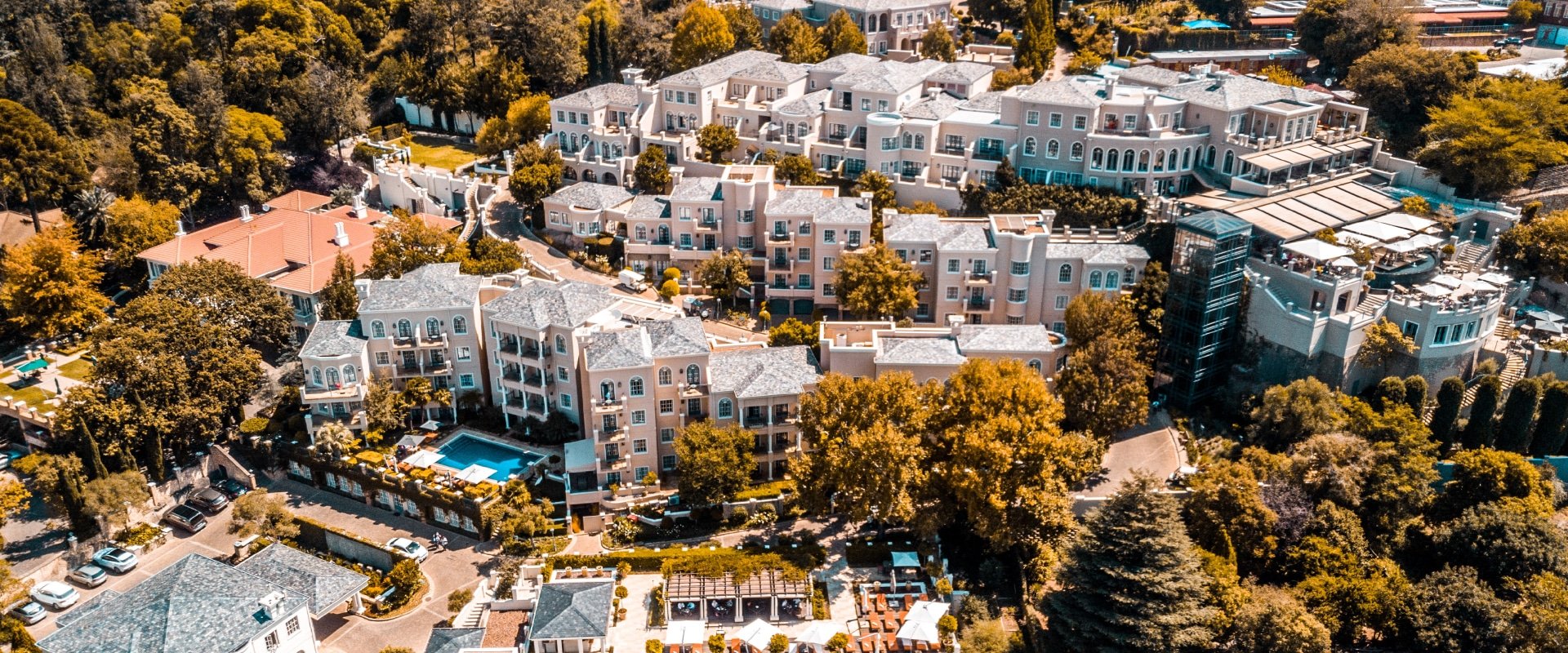












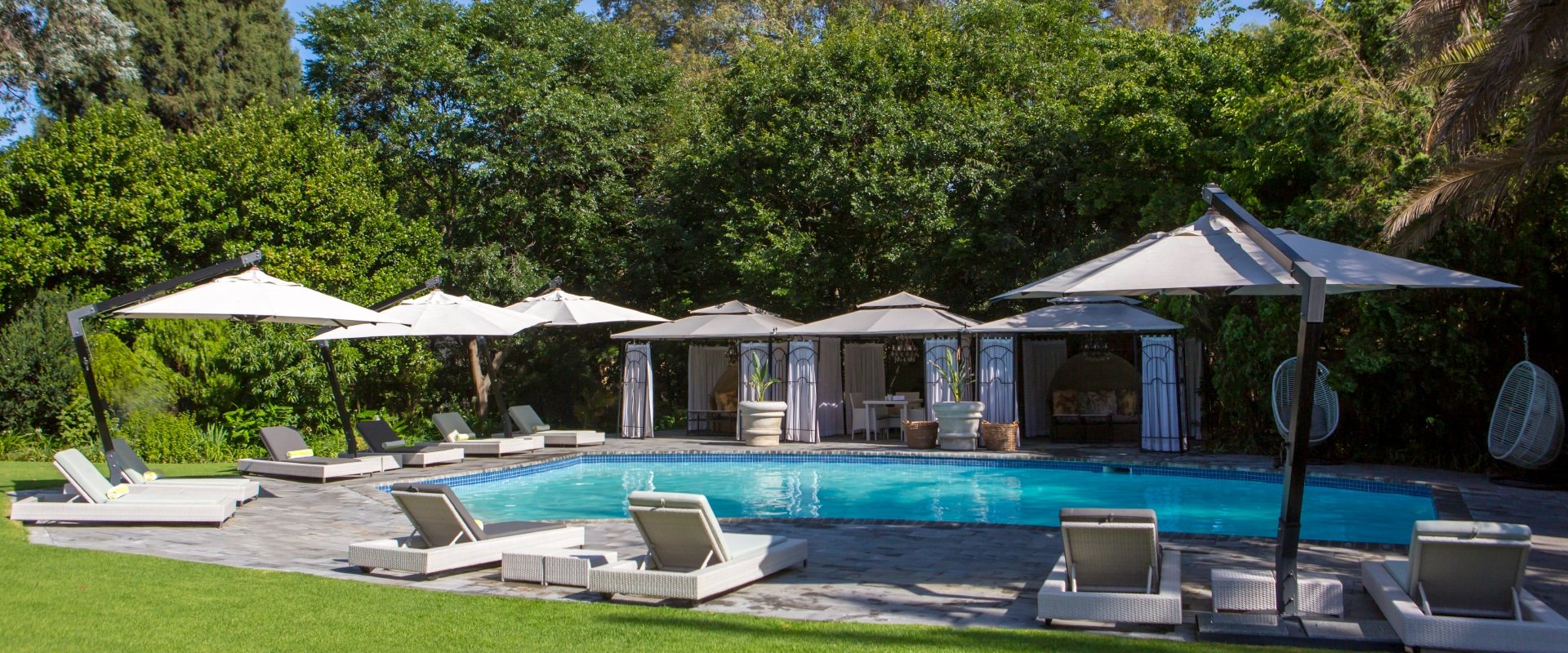










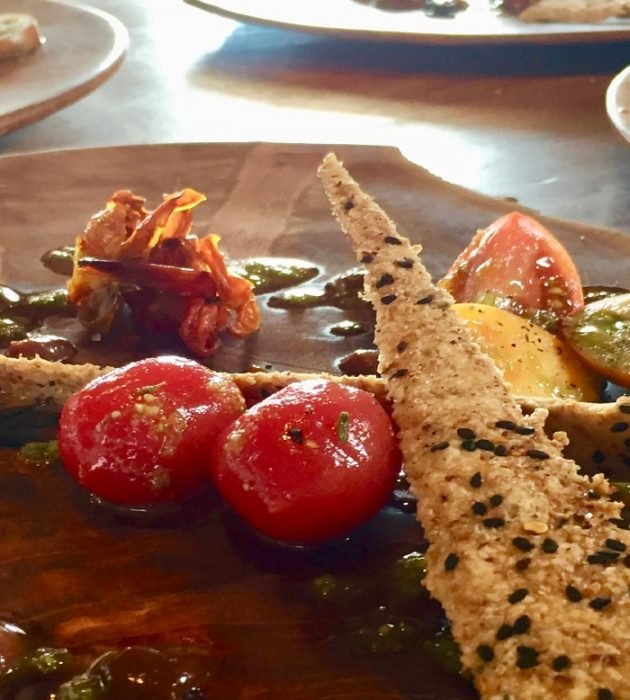








Johannesburg’s history as a city, although very brief still in comparison to other cities, has been shaped by a series of significant and diverse events.
Also known as the City of Gold, thousands of fortune seekers flocked here for opportunities when gold was discovered in the area in the 1800s. Although a formal world-class city today, the popularity and attraction to Johannesburg has not changed. Being the economical capital of South Africa, millions consider it the ultimate centre for finding their riches and pursuing their dreams.
The history goes back much further than the discovery of gold – starting with Ancestors from the Stone Age (500 000 years ago), then Bushmen (1 000 years ago), followed by Iron Age furnaces, and more recent, Boer farmhouses from the 1860s.
Tents, wagons and gravel roads saw the introduction of more permanent wood and iron structures, and today, impressive modern brick and glass skyscrapers dominate the city.
Inspiring politically historic incidents include the British Invasion that led to the Anglo-Boer war, the implementation of Apartheid, which saw freedom advocates Mahatma Gandhi and Nelson Mandela initiate monumental change.
Today, modern Johannesburg, also called “Jozi” and “Joburg”, exudes a cosmopolitan culture advocating equality for all residents. Major businesses, entrepreneurial opportunities, fantastic nightlife vibe, superior shopping and stellar dining experiences are plentiful and make for a distinguished visit.